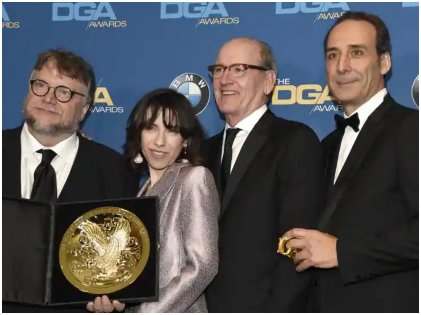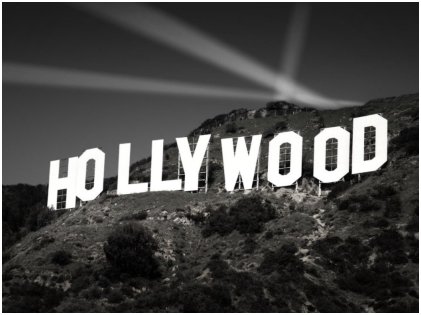It’s raining men in Tinseltown and the film industry is not new to it. Hollywood is famous, or rather infamous, of having mostly men at the helm. It hasn’t progressed much as far as diversity is concerned. The annual Hollywood Diversity Report presents a comprehensive look at the entertainment industry since 2007. It has been revealed that Hollywood has been predominantly ruled by men and of course, white men. If almost 1200 highest-grossing movies from the previous decade are taken into account, around 95 to 96% of them have been directed by men. 80% of the editors were white men and 72% among the producers were white men.
 The situation improved a bit in 2018. Figures suggest that over 14% of the directors who have churned out the 100 highest-grossing films in 2018 have been black. Now, that’s a 200% increase from that of 2007, when you had only 7% among them. Ava DuVernay, the director of A Wrinkle in Time, was the only black woman director to be featured on that list back then. Over the years, the film industry has neither undergone any big change nor made any significant improvement as far as gender equality is concerned. Out of the top highest-grossing films of 2018, a meager 3.6% were directed by women. That’s a considerable decline from 7.3% back in 2017. Women have been absolutely outnumbered if you look at the director’s chair. Unfortunately, not many women are making films and those few women who get to make films are not getting a second chance in the future.
The situation improved a bit in 2018. Figures suggest that over 14% of the directors who have churned out the 100 highest-grossing films in 2018 have been black. Now, that’s a 200% increase from that of 2007, when you had only 7% among them. Ava DuVernay, the director of A Wrinkle in Time, was the only black woman director to be featured on that list back then. Over the years, the film industry has neither undergone any big change nor made any significant improvement as far as gender equality is concerned. Out of the top highest-grossing films of 2018, a meager 3.6% were directed by women. That’s a considerable decline from 7.3% back in 2017. Women have been absolutely outnumbered if you look at the director’s chair. Unfortunately, not many women are making films and those few women who get to make films are not getting a second chance in the future.
 According to an estimation, 46% of the male directors get a second chance. However, a meager 17% of female directors receive the luxury of a second opportunity. Experts say that women don’t get as many chances to get hired by the studios and thus pursuing a career in direction becomes increasingly difficult for them. The lack of opportunity is beyond anyone’s comprehension as far as the age range of directors is concerned. The career of a male director encompasses over seven long decades, while females enjoy a career spanning not more than four decades on average. Out of all the 1200 high-grossing films that were taken under consideration, none of them were directed by a female who was under 30 or above the age of 68 or 69. However, around 45 men belonging to that particular age range happily made their way to the director’s chair.
According to an estimation, 46% of the male directors get a second chance. However, a meager 17% of female directors receive the luxury of a second opportunity. Experts say that women don’t get as many chances to get hired by the studios and thus pursuing a career in direction becomes increasingly difficult for them. The lack of opportunity is beyond anyone’s comprehension as far as the age range of directors is concerned. The career of a male director encompasses over seven long decades, while females enjoy a career spanning not more than four decades on average. Out of all the 1200 high-grossing films that were taken under consideration, none of them were directed by a female who was under 30 or above the age of 68 or 69. However, around 45 men belonging to that particular age range happily made their way to the director’s chair.
 Out of 1335 directors currently working in the industry, around 4% are females. That makes the ratio of males to females, 22:1. The percentage of 7.5 in 2015 was probably the highest one since 2007. Aside from directing, none of the other fields boasted of a comparatively higher percentage of women. 97% of the cinematographers, 98% of composers, and 99% of the camera operators were men. Even if you consider the 280 head electricians working on a film set, none was a woman. Disappointing!
Out of 1335 directors currently working in the industry, around 4% are females. That makes the ratio of males to females, 22:1. The percentage of 7.5 in 2015 was probably the highest one since 2007. Aside from directing, none of the other fields boasted of a comparatively higher percentage of women. 97% of the cinematographers, 98% of composers, and 99% of the camera operators were men. Even if you consider the 280 head electricians working on a film set, none was a woman. Disappointing!
All these facts and figures are really disheartening all the more since female-led films have been a better grosser than films which have been male-oriented. With that being said, the industry should keep one more thing in mind – women constitute the majority of movie buffs.





